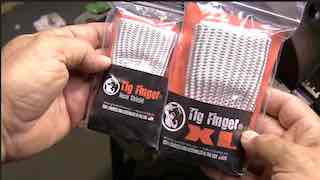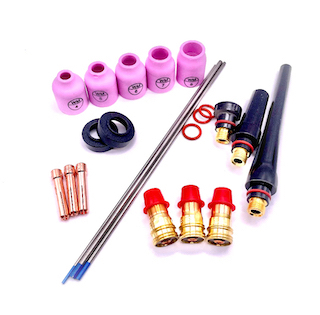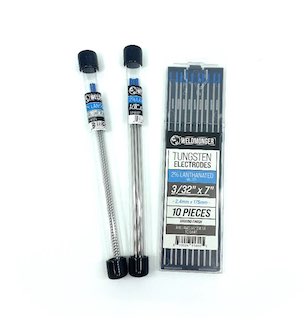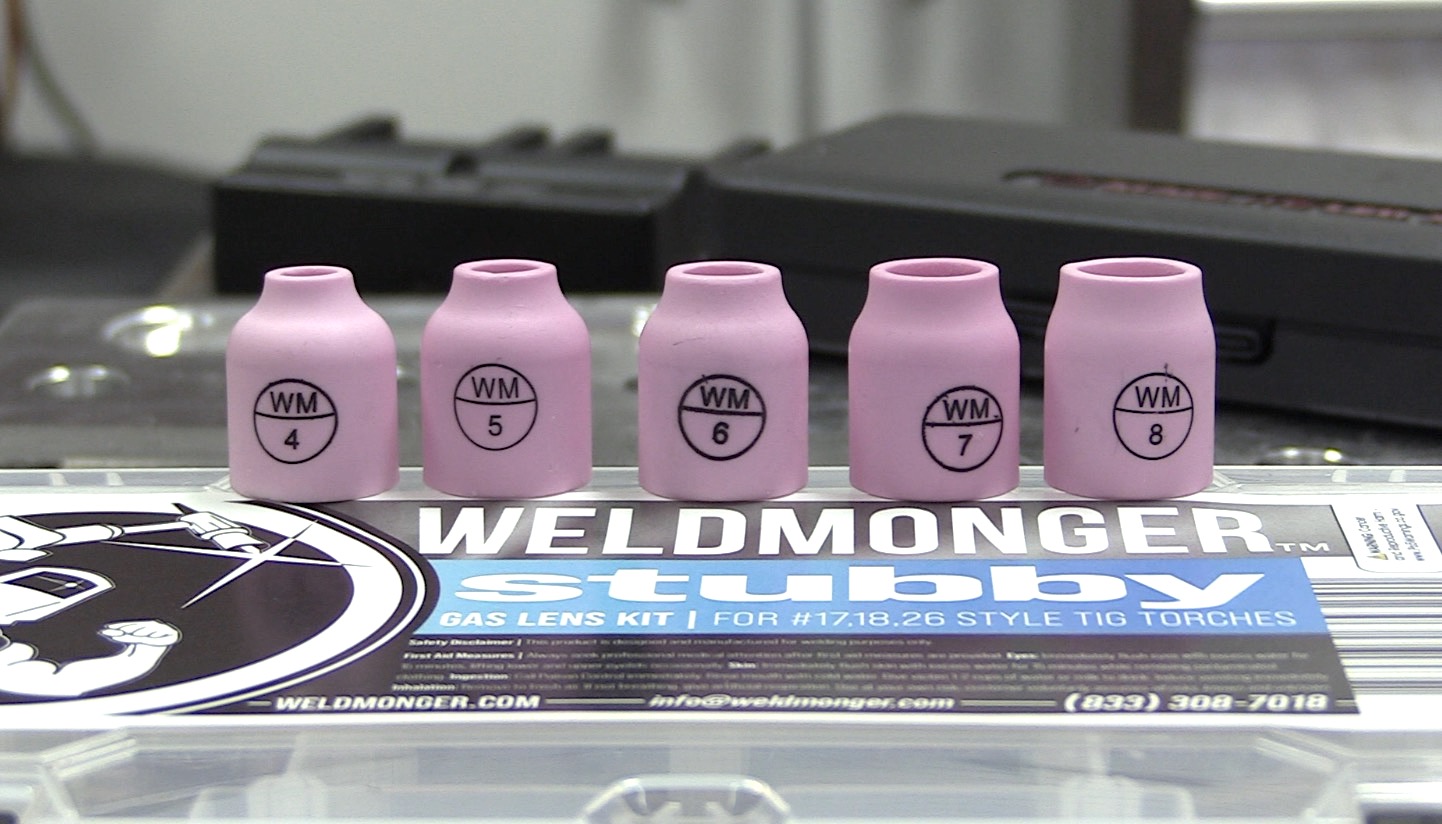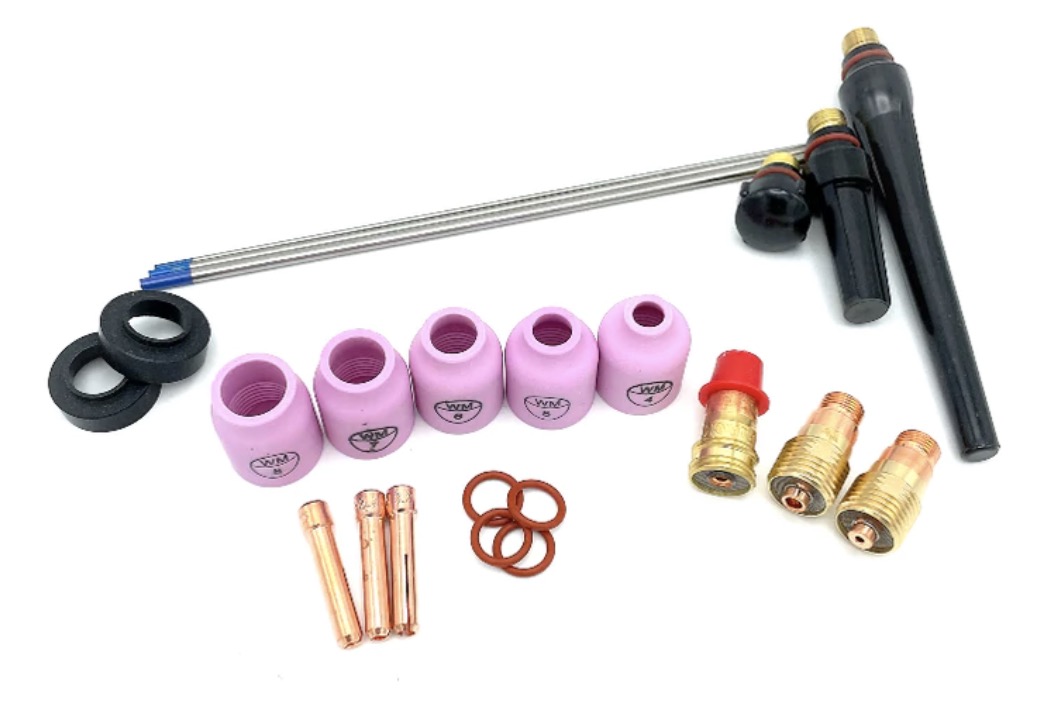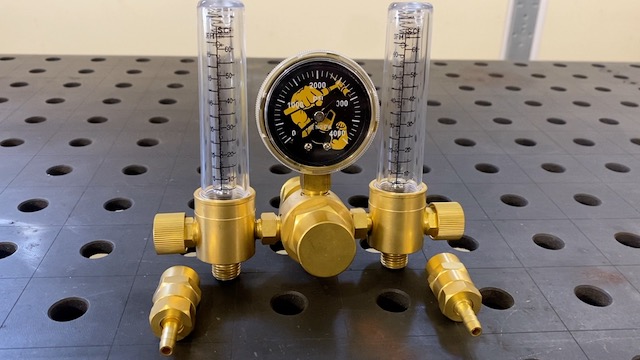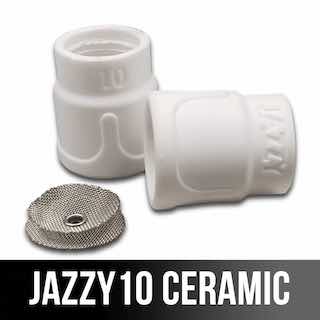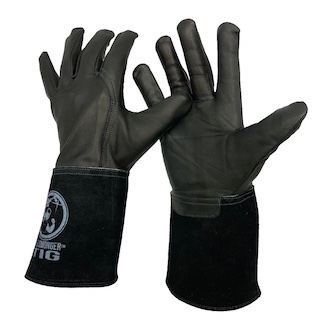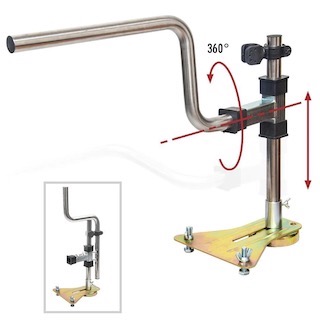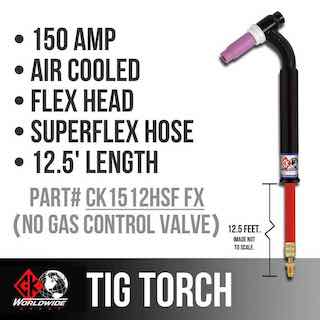Carbon Steel TIG Settings with and without pulse
Quick video shows an 11ga tee joint without pulse at 128 amps
Here are the exact settings used for this tee joint

WELD PROCESS = TIG, GTAW, GAS TUNGSTEN ARC WELDING
METAL TYPE = CARBON STEEL
THICKNESS = 11GA
WELD TYPE = Fillet weld
JOINT TYPE = TEE JOINT
POSITION = 2F HORIZONTAL
AMPERAGE = MACHINE SET TO 131AMPS CONTROLLED WITH PEDAL TO 128 AMPS MAX
TUNGSTEN = 2% LANTHANATED, 3/32"
FILLER WIRE = 1/16” ER70S6
POLARITY = DCEN
GAS FLOW = 20 CFH argon
CUP SIZE = 8
ADDITIONAL SETTINGS =
PRE FLOW = .5 SEC
POST FLOW = 7 SEC
TIPS: KEEP A TIGHT ARC
Aim for an arc length that is equal or less than the diameter of your tungsten electrode.
Torch angle can be forgiving provided your arc length is tight.
Keep the hot tip of the filler wire shielded by the argon
envelope from the tig cup
Quick video shows an 11ga tee joint with pulse
Exact settings used for this tee joint
WELD PROCESS = TIG, GTAW, GAS TUNGSTEN ARC WELDING
METAL TYPE = CARBON STEEL
THICKNESS = 11GA
WELD TYPE = Fillet weld
JOINT TYPE = TEE JOINT
POSITION = 2F HORIZONTAL
AMPERAGE = MACHINE SET TO 131AMPS CONTROLLED WITH PEDAL TO 128 AMPS MAX
TUNGSTEN = 2% LANTHANATED, 3/32"
FILLER WIRE = 1/16” ER70S6
POLARITY = DCEN
GAS FLOW = 20 CFH argon
CUP SIZE = 8
ADDITIONAL SETTINGS = 1 pulse per second, 55% pulse on time, 25% background
PRE FLOW = .5 SEC
POST FLOW = 7 SEC
TIPS: KEEP A TIGHT ARC
Aim for an arc length that is equal or less than the diameter of your tungsten electrode.
Torch angle can be forgiving provided your arc length is tight.
Keep the hot tip of the filler wire shielded by the argon
envelope from the tig cup
The pros and Cons of using TIG pulse settings
There are a few situations where using pulse makes a huge difference.
But there are also plenty of welding jobs where pulse settings dont work as well as straight current or even pulsing manually with the foot pedal.
For example, on thin outside corner joints...especially stainless steel, using a pulse setting of 1.5 to 2 pulses per second along with chill bars clamped tightly can limit distortion as well as discoloration greatly.
For coped chromoly tubing like you might see in a roll cage or chassis, pulsing the pedal manually gives you more control as you move the torch around those tight areas in a tube cluster joint.
Pulsing does lend itself well to automated applications like orbital welding or when using a turntable but on manual applications, the weldor sometimes makes adjustments that can actually lessen the benefits of pulsing.




